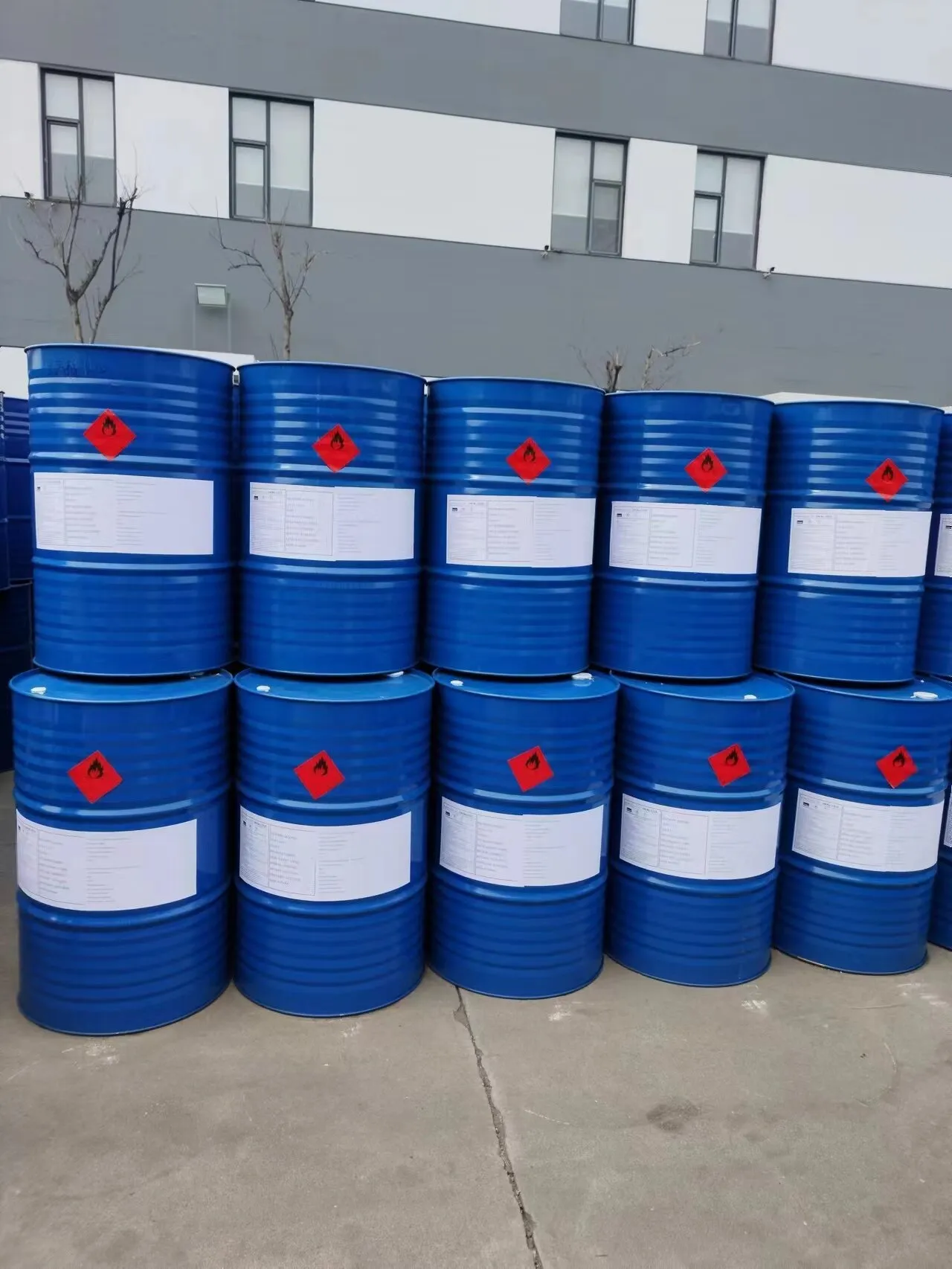
Innovative Approaches to Enhance Soil Nutrients with Controlled Release Fertilizers for Sustainable Farming
Controlled Release Fertilizer A Sustainable Solution for Modern Agriculture
In the pursuit of sustainable agriculture, controlled release fertilizers (CRFs) have emerged as a vital innovation that enhances crop productivity while minimizing environmental impact. CRFs are designed to release nutrients gradually into the soil, ensuring that plants receive a steady supply over an extended period. This method of fertilization not only optimizes nutrient uptake but also reduces the risk of leaching and runoff, which can harm surrounding ecosystems.
One of the primary advantages of controlled release fertilizers is their ability to improve nutrient use efficiency. Traditional fertilizers often release nutrients quickly, leading to a surge that can exceed plant uptake capabilities. This excess can result in nutrient loss through leaching into groundwater or run-off into nearby water bodies, contributing to pollution and problems like eutrophication. CRFs, on the other hand, employ various coating technologies, such as polymer coatings or sulfur coatings, which modulate the release rate based on temperature and moisture conditions. This slow-release mechanism aligns nutrient availability with plant needs, significantly reducing wastage.
Furthermore, the use of CRFs can lead to cost savings for farmers. While the initial investment in controlled release fertilizers may be higher than for conventional fertilizers, the long-term benefits, including reduced application frequency and lower environmental remediation costs, can outweigh these expenditures. Farmers can achieve more consistent crop yields and healthier plants, ultimately leading to increased profitability.
controlled release fertilizer

The environmental benefits of controlled release fertilizers are noteworthy. By minimizing nutrient leaching, CRFs help to maintain soil quality and promote sustainable farming practices. Healthy soils are vital for biodiversity and can sequester carbon, addressing climate change issues. Additionally, minimizing nutrient runoff protects aquatic ecosystems from pollution, fostering a healthy environment for wildlife.
Research and development in the field of CRFs continue to evolve, with advancements in biodegradable materials and precision agriculture techniques. These innovations promise to enhance the effectiveness of CRFs further, allowing for customized nutrient release based on the specific needs of different crops and soil types. This trend toward precision agriculture is crucial as the global population grows and the demand for food increases.
In conclusion, controlled release fertilizers represent a significant advancement in agricultural practices. By improving nutrient use efficiency, reducing environmental impact, and enhancing crop yields, CRFs stand out as a sustainable alternative to traditional fertilization methods. As agriculture faces the challenges of climate change and food security, integrating controlled release fertilizers into farming systems will be essential for promoting a resilient and sustainable future. By investing in this technology, farmers can not only protect their livelihoods but also contribute to the health of the planet.
-
Understanding Synthetic Rubber OptionsNewsApr.27,2025
-
Trichloroisocyanuric Acid: Essential for Clean and Safe WaterNewsApr.27,2025
-
Sodium Dichloroisocyanurate: Key to Safe Water TreatmentNewsApr.27,2025
-
Sodium Acid Pyrophosphate: Essential in Modern Food ProcessingNewsApr.27,2025
-
Essential Water Treatment ChemicalsNewsApr.27,2025
-
Denatured Alcohol and Its Industrial UsesNewsApr.27,2025
-
The Versatile Uses of Sodium BicarbonateNewsApr.24,2025
Hebei Tenger Chemical Technology Co., Ltd. focuses on the chemical industry and is committed to the export service of chemical raw materials.
-

view more DiethanolisopropanolamineIn the ever-growing field of chemical solutions, diethanolisopropanolamine (DEIPA) stands out as a versatile and important compound. Due to its unique chemical structure and properties, DEIPA is of interest to various industries including construction, personal care, and agriculture. -

view more TriisopropanolamineTriisopropanolamine (TIPA) alkanol amine substance, is a kind of alcohol amine compound with amino and alcohol hydroxyl, and because of its molecules contains both amino and hydroxyl. -

view more Tetramethyl Thiuram DisulfideTetramethyl thiuram disulfide, also known as TMTD, is a white to light-yellow powder with a distinct sulfur-like odor. It is soluble in organic solvents such as benzene, acetone, and ethyl acetate, making it highly versatile for use in different formulations. TMTD is known for its excellent vulcanization acceleration properties, which makes it a key ingredient in the production of rubber products. Additionally, it acts as an effective fungicide and bactericide, making it valuable in agricultural applications. Its high purity and stability ensure consistent performance, making it a preferred choice for manufacturers across various industries.











